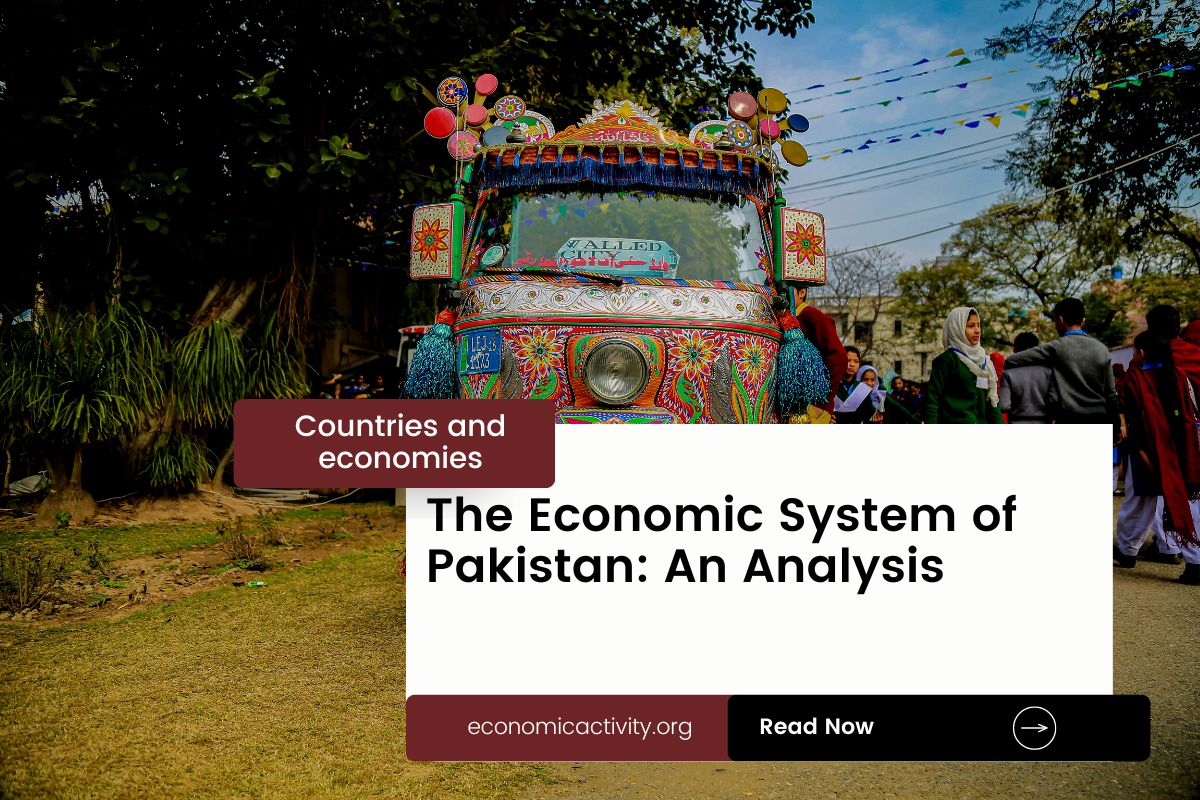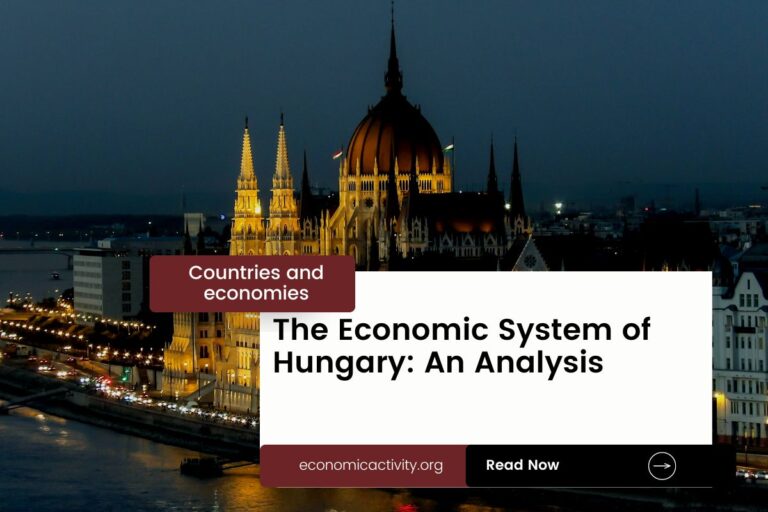What is the economic system of Pakistan? The economy of Pakistan is based on a mixed economy. The country’s economic system combines elements of a market economy and a planned economy.
Pakistan’s economy is largely based on agriculture, textiles, and services. It is the 24th largest economy in the world by purchasing power parity.
In Pakistan, the economy is composed of a private sector, consisting of individuals and businesses that make autonomous decisions based on self-interest, and a public sector, where the state determines the production and distribution of certain goods and services. No country is purely capitalist or purely communist.
What do the freedom indexes tell about the economic system of Pakistan?
To determine if a country is mostly a market economy or a planned economy, it is useful to examine some economic indexes. For instance, according to the 2022 Index of Economic Freedom, which measures the ability of every human to control his own labor and property, Pakistan is ranked 153th globally and 34th in Asia-Pacific indicating that the country has a repressed economy.
In a similar way, the 2022 Freedom House index evaluates the state of political rights and civil liberties globally. Generally, market economies tend to align more with democracy and freedom, while command economies tend to be characterized by greater state control and fewer democratic and civil liberty protections. Pakistan gets a score of 37/100, which qualifies it as Partly Free.
Pakistan is considered to have a government that does not control what people do, and people can make their own economic decisions, but it is only considered an electoral democracy, lacking full liberal democratic protections.
The Link Between Public Sector Employment and the Economic System of Pakistan
An indicator of the extent to which the State is involved in the economy is the number of public sector employees. In Pakistan, according to ILOSTAT, the number of public sector employees as a percentage of the total workforce is 7.3% (2021).
In the country’s mixed economy, the number of public sector employees as a percentage of the total workforce varies based on the specific policies and practices adopted by the State. Some economic activities are left to the private sector while others are under government control. The bigger the public sector the closer is the economy to being a command economy.
The historical factors that have influenced the economic system of Pakistan
The mixed economy system of Pakistan is the result of a combination of factors, including the country’s colonial history, post-independence economic policies, and current economic and political environment.
Colonial rule left Pakistan with a legacy of state-led economic development, while post-independence policies focused on import substitution and industrialization. The current economic and political environment has led to a greater reliance on the private sector and foreign investment.





Leave a Reply